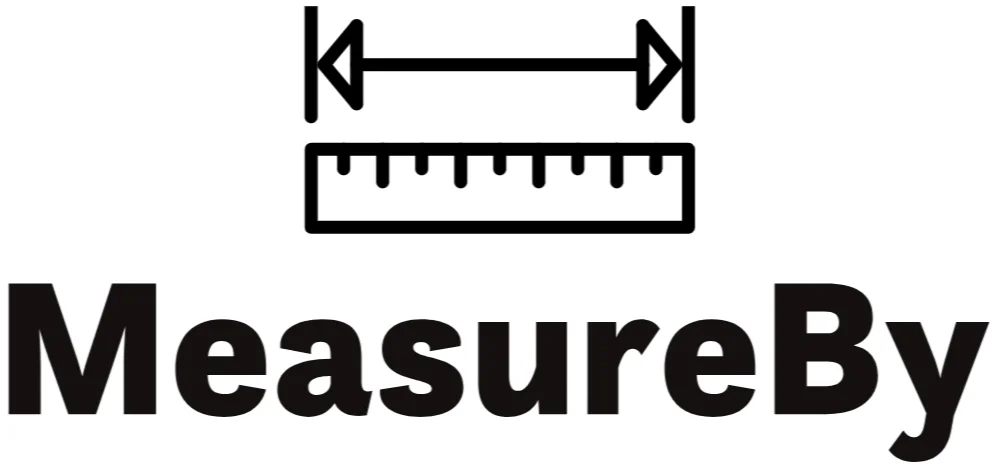How Long or Big Is 50 Inches? [With 10 Examples]
If you’ve ever come across the measurement “50 inches” and found yourself wondering about its real-world implications, you’re not alone.
In this comprehensive guide, we’ll delve into the world of inches, specifically focusing on the measurement of 50 inches. From understanding its length to exploring relatable examples, this article will serve as your go-to resource for grasping the concept of 50 inches. So, let’s dive in!
Fifty inches is equivalent to approximately 4.17 feet or 127.0 cm. It’s commonly used to measure the length of objects, such as TVs and monitors. To put it in context, it’s a little over 4 feet, or roughly the height of an average 6-year-old child. In terms of width, 50 inches would be considered quite wide for certain items like desks or countertops.
This article covers:
Understanding Inches: The Basics
Before we delve into the specifics of 50 inches, let’s establish a fundamental understanding of inches. An inch is a unit of length commonly used in the United States and a few other countries.
It’s part of the Imperial system, and it’s often utilized in various contexts, from measuring height and width to describing the size of screens and other objects.
How Long Is 50 Inches?
How long is 50 inches? Well, 50 inches equate to approximately 127.0 cm. To put it simply, if you were to stand a ruler upright and measure from the very beginning to the 50-inch mark, that length would be roughly equal to the height of an average 6-year-old child.
Visualizing 50 Inches: Examples
The following are the some examples of 50 inches in your daily life:
Example 1: TV or Monitor Size
A common way to measure the size of a television or computer monitor is by its diagonal measurement. A TV or monitor that is 50 inches diagonally means that if you measure from one corner of the screen to the opposite corner, the distance would be 50 inches.

Example 2: Bicycle Wheel Diameter
The diameter of a standard adult bicycle wheel is roughly 25 inches. To give you an idea, if you were to measure 50 inches, it’s like having almost two bicycle wheels placed side by side, without any gaps. This helps you understand the length of 50 inches in a practical way.
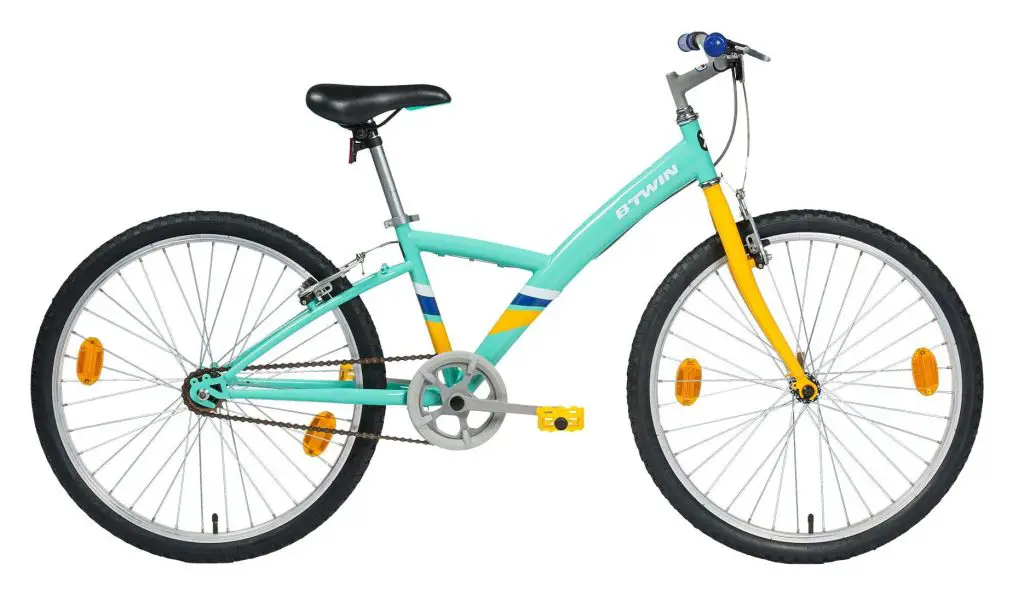
Example 3: Office Desk Width
When we talk about the width of an office desk, we’re measuring how wide it is from side to side. A regular office desk usually falls in the range of 48 to 60 inches for its width.
So, if you have a measurement of 50 inches, it’s slightly smaller than the width of a typical office desk. This gives you an idea of how much space the desk takes up and helps you visualize the size.
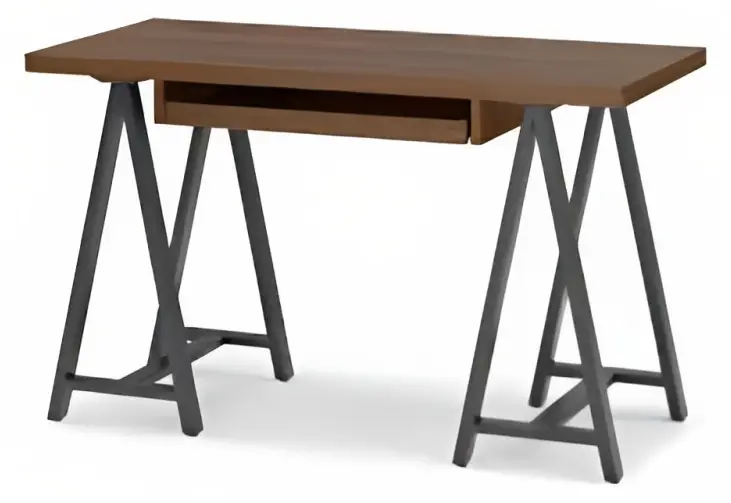
Example 4: Height of a Small Refrigerator
The height of a small refrigerator indicates how tall it is. Some compact or mini fridges have a height of around 50 to 52 inches. This measurement gives you an idea of their vertical size and the space they’ll occupy. Picture something about 50 inches tall, and you’ll have a sense of the refrigerator’s height and the area it would fit in.

Example 5: Length of a Short Surfboard
Short surfboards, which are commonly used for performing tricks and agile maneuvers on waves, can have a length of about 50 inches. These boards are specifically designed to enhance dynamic and lively surfing techniques.
Understanding the length helps surfers choose the right board for their preferred style of riding and the waves they’ll be tackling.
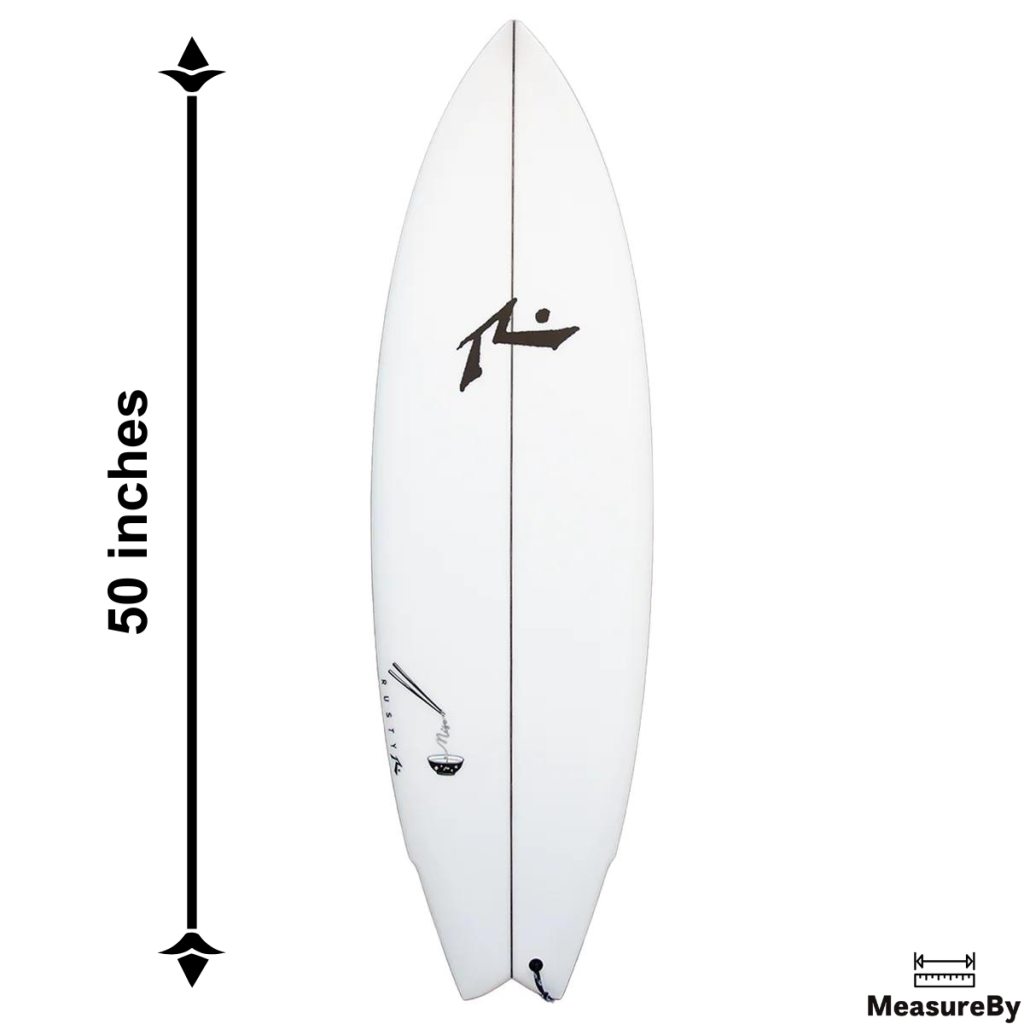
Example 6: Sheet of Plywood
A standard sheet of plywood used in construction or woodworking is typically 4 feet by 8 feet, which translates to 48 inches by 96 inches.
So, a sheet of plywood that’s cut down to 4 feet by 4 feet would be around 50 inches in one dimension.
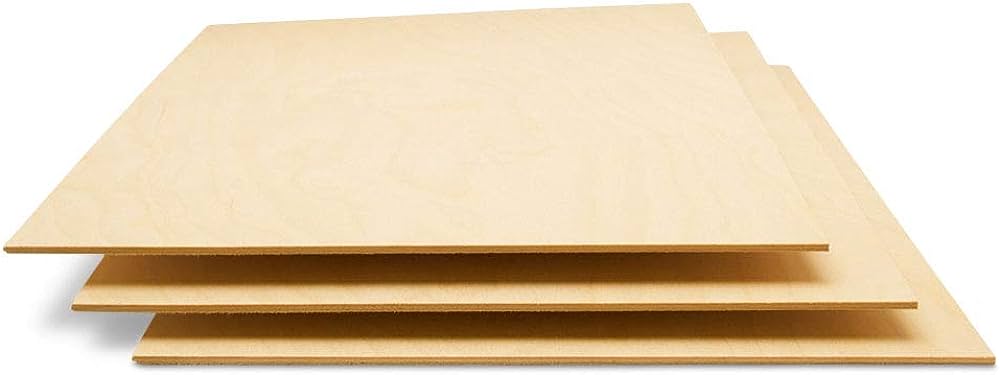
Example 7: Length of Some Baby Cribs
Baby cribs are commonly made in standard sizes, and certain cribs have a length of approximately 50 to 55 inches. This length measurement is important because it creates a cozy and safe sleeping area for babies.
A crib of this size gives infants a comfortable place to rest and sleep, making sure they have a good and secure night’s sleep.
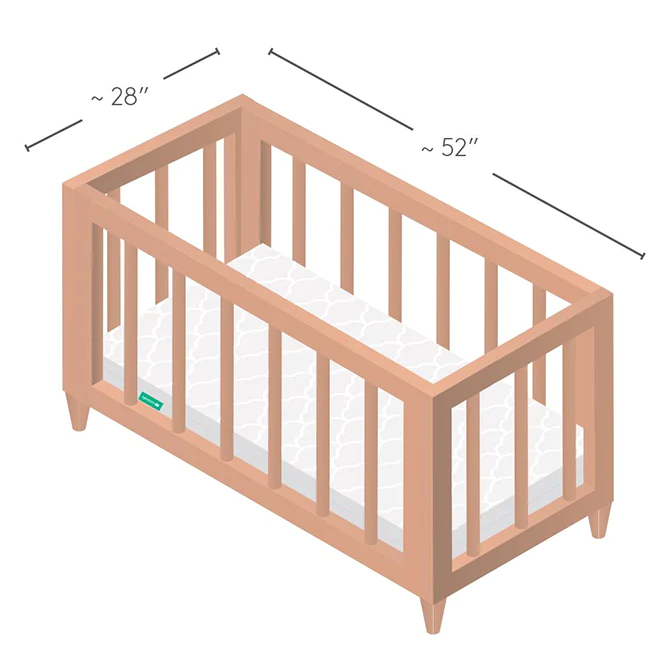
Example 8: Length of Some Classroom Whiteboards
Whiteboards commonly found in classrooms or offices might have a length of around 50 inches. This size is chosen because it provides ample space for writing and drawing during presentations or discussions.
With around 50 inches in length, these whiteboards give enough room to share information and ideas effectively in a teaching or work environment

Example 9: Window Height
Regular windows often have a height of about 36 to 48 inches, which is quite common. To imagine a window that’s close to 50 inches, think of a typical window but just a bit taller. This helps you understand the size and dimensions of windows in homes.
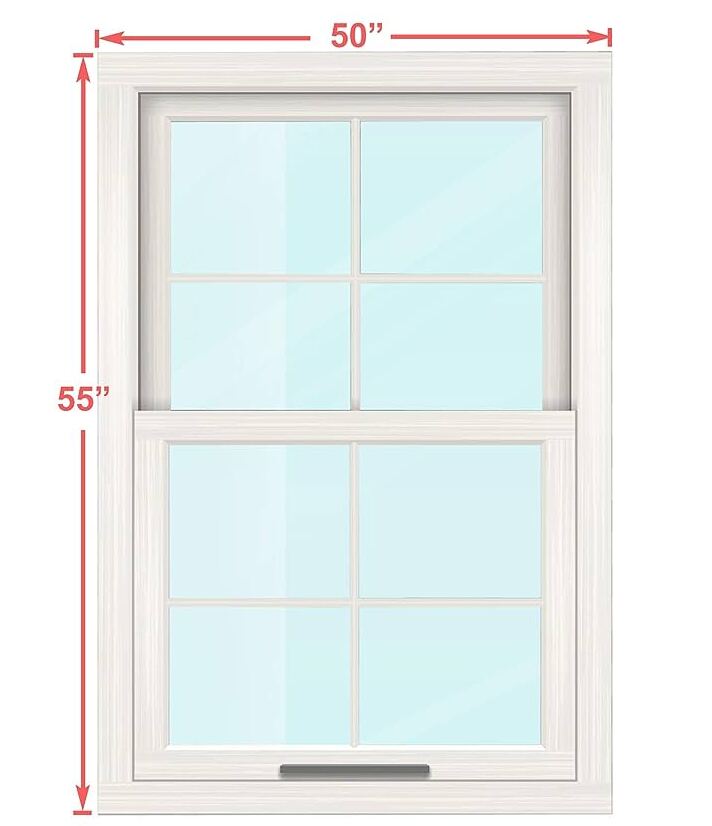
Example 10: Length of a Large Umbrella
Think about a big golf umbrella – those can be about 60 inches wide when fully open. Now, if you have a measurement of 50 inches, that’s a bit smaller than the span of this large umbrella. This gives you an idea of the size difference between a 50-inch length and the width of a big umbrella when it’s opened up.
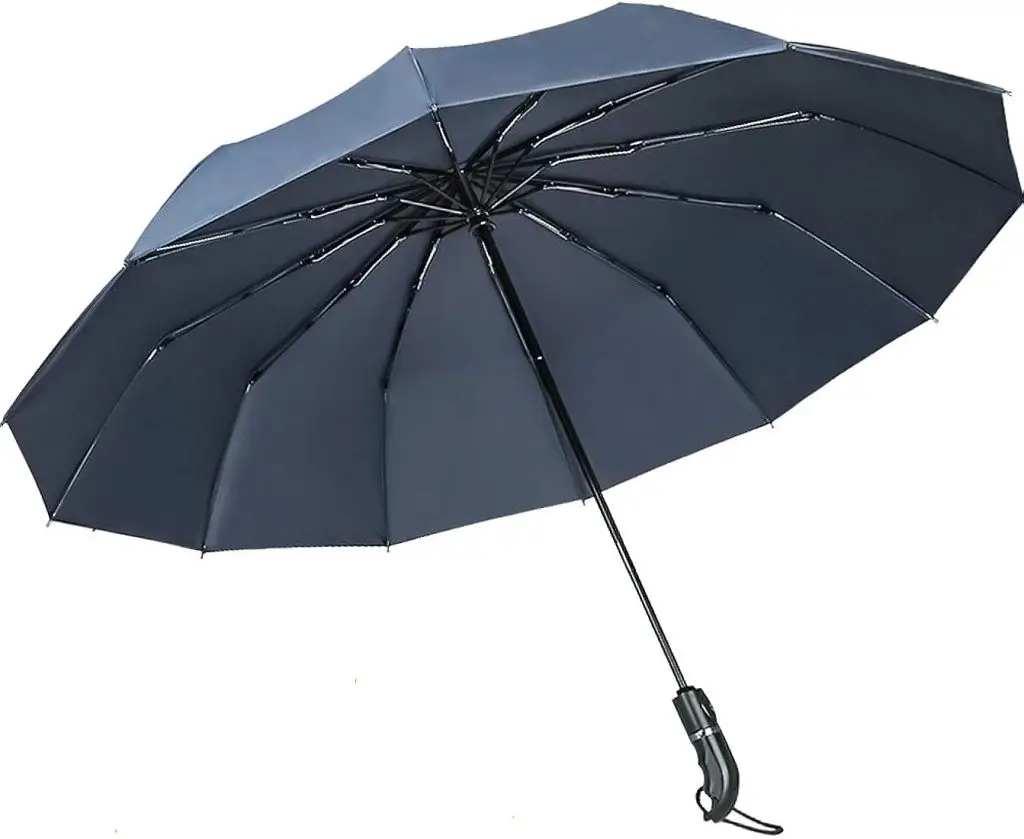
Conversion of 50 Inches into Other Units of Measurements
This table illustrates the conversion of a length of 50 inches into various common units of measurement:
| Unit | Length |
|---|---|
| 50 inches to Nanometer | 1270000000.0 nm |
| 50 inches to Micrometer | 1270000.0 µm |
| 50 inches to Millimeter | 1270.0 mm |
| 50 inches to Centimeter | 127.0 cm |
| 50 inches to Inch | 50.0 in |
| 50 inches to Foot | 4.1666666667 ft |
| 50 inches to Yard | 1.3888888889 yd |
| 50 inches to Meter | 1.27 m |
| 50 inches to Kilometer | 0.00127 km |
| 50 inches to Mile | 0.0007891414 mi |
| 50 inches to Nautical mile | 0.0006857451 nmi |
This table provides the equivalent lengths in various units, demonstrating that 50 inches can be converted into different measurements, from very small units like nanometers and micrometers to larger units like meters and miles.
Explanation:
The above table displays the conversion of a length of 50 inches into several commonly used units of measurement. Each row in the table represents a different unit, and the corresponding length in that unit is provided in the second column.
- Nanometer (nm): A nanometer is an extremely small unit of length. To represent 50 inches, you would need 1,270,000,000 nanometers. That’s a very large number because nanometers are tiny!
- Micrometer (µm): Micrometers are also quite small. 50 inches would be equivalent to 1,270,000 micrometers.
- Millimeter (mm): Millimeters are a bit larger than micrometers. 50 inches would be equal to 1,270 millimeters.
- Centimeter (cm): Centimeters are still smaller than inches but larger than millimeters. 50 inches is equivalent to 127 centimeters.
- Inch (in): This is the original measurement. 50 inches is, well, 50 inches!
- Foot (ft): A foot is larger than an inch. 50 inches equals approximately 4.17 feet.
- Yard (yd): Yards are even larger. 50 inches is about 1.39 yards.
- Meter (m): A meter is the standard unit of length in the metric system. 50 inches would be roughly 1.27 meters.
- Kilometer (km): Kilometers are much larger units. 50 inches converts to 0.00127 kilometers.
- Mile: A mile is commonly used in some countries like the United States. 50 inches is approximately 0.00079 miles.
- Nautical Mile: Nautical miles are used in navigation and are a bit longer than regular miles. 50 inches is around 0.00069 nautical miles.
The Versatility of 50 Inches
What makes 50 inches particularly interesting is its versatility. It’s a measurement that finds relevance in numerous aspects of our lives. Whether it’s choosing the right-sized furniture, envisioning a home improvement project, or selecting the ideal screen size, 50 inches strikes a balance between compactness and expansiveness.
In Conclusion
In conclusion, 50 inches is about 4.17 feet or 1.27 meters. This measurement is used to describe the size of things. This helps you know how much space something will take up or how big it is. Understanding the dimensions of 50 inches is crucial for making informed decisions regarding space utilization and object selection.
So, the next time you encounter this measurement, you’ll have a clear understanding of just how long or big 50 inches truly is.
